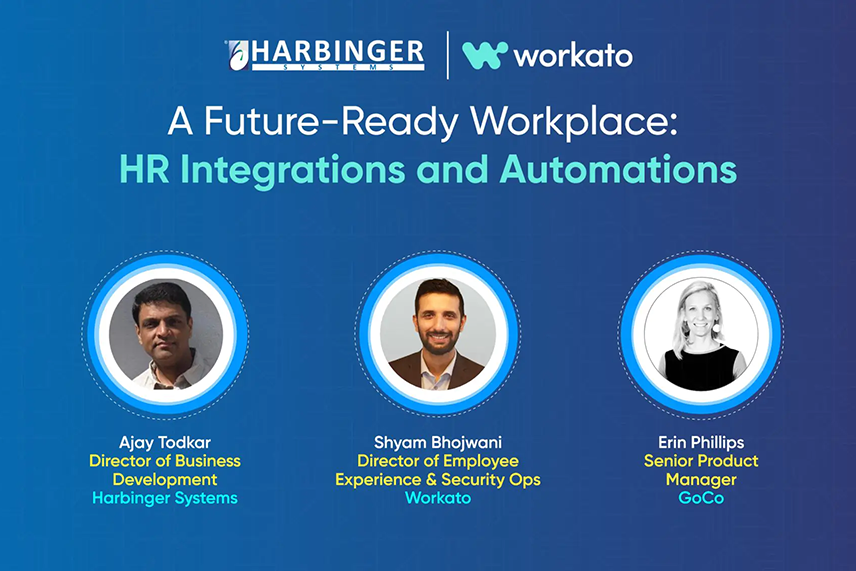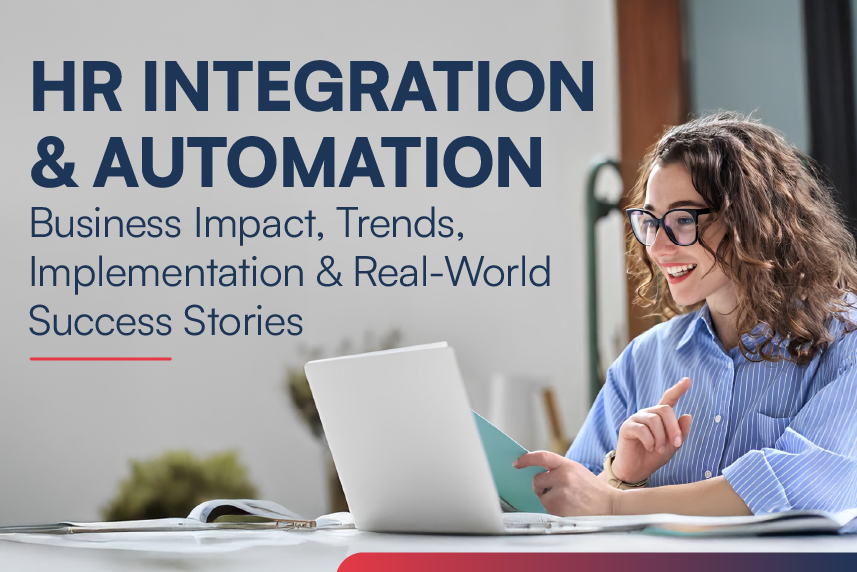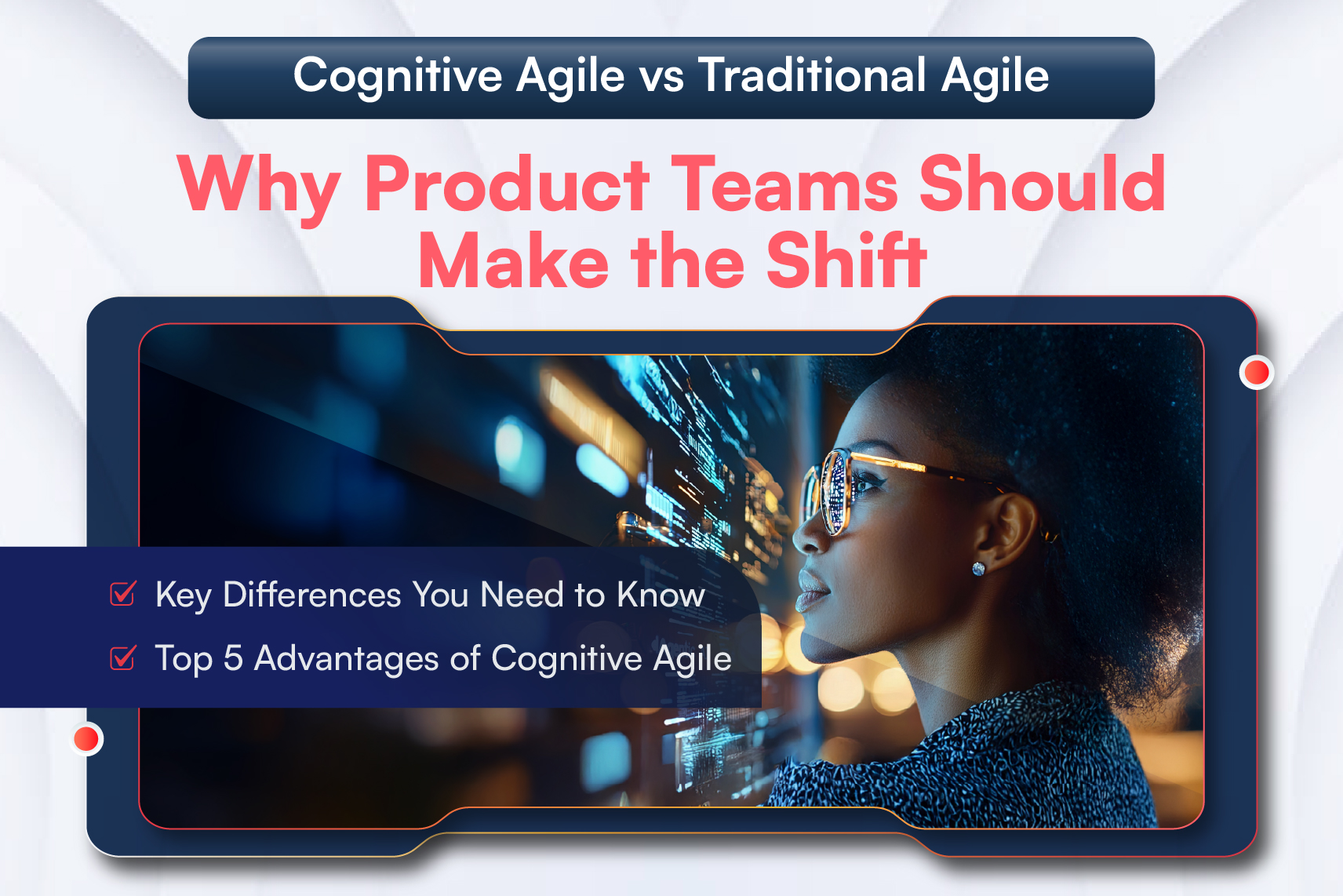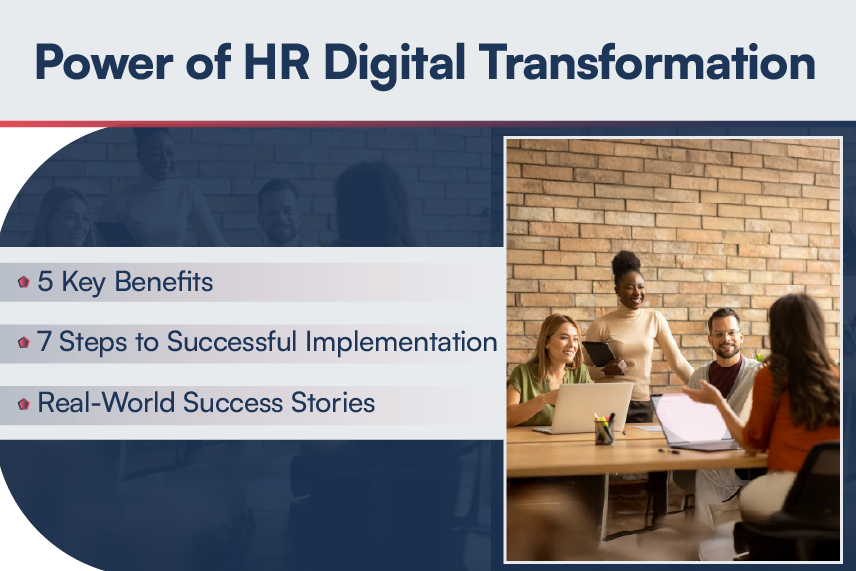Unsurprisingly, the world of HR integration and automation has been changing rapidly. Automation in the HR industry has become more relevant than ever. With the help of integration and automation, the HR department can eliminate the burden of dealing with monotonous tasks and focus on significant ones.
Keeping an eye on the latest market trends and technology is crucial. By evaluating the products and technology, you can understand and calculate the return on investment (ROI) and explore how to improve the productivity of your employees.
Recently, Workato discussed the Forrester 2022 TEI study that helped in examining the potential ROI for a company or an individual department. As per the study, we can observe a massive increase in the numbers due to automation and integration:
- 283% ROI with payback in less than six months
- $20.68M net present value
- 88% productivity improvement
Undoubtedly, we can observe automation forging a vast business impact.
The motive behind scrutinizing an automation index, trends, or report of any product or technology is to anticipate the business impact of that product or technology. Furthermore, to list how it will be advantageous to the company or department.
“According to the Workato Automation Index 2022, employee onboarding automation grew 256% and recruitment automation grew by 316% in 2021.”
Low-code no-code ultimately allows the HR department and business teams to handle the automation processes, bring efficiency, and generate more impactful results than ever.
Recruitment and Onboarding Automation
Over the years, companies and organizations are moving towards highly personalized experiences for their employees. Moreover, the post-pandemic world has pushed organizations to become more agile, responsive, real-time, and online making automation inevitable. With this advent, companies are leveraging software-enabled services and customized platforms where it has become imperative for the HR departments to respond promptly and rapidly to such changing needs.
Diving deeper into recruitment and onboarding automation shows that recruitment comprises various systems and processes for collecting and analyzing data. On the other hand, onboarding focuses on making the journey of new joiners comfortable with the help of online induction modules. Recruitment and Onboarding can be categorized as follows.
| Recruitment | Onboarding |
|---|
| Applicant Tracking Systems | Employee Verification |
| Social and Data-Driven Recruiting | Self-Guided New Joiner Tours |
| Credentialing | Automated Workflows on Onboarding |
| Background Checks | Configurable Workflows |
| Automated Candidate Referencing | Cross boarding |
The above table will help comprehend different responsibilities under recruitment and onboarding automation. Now, it’s time to review some practical business situations and look at how Harbinger helped.
Tracking and evaluating employee performance
In one such solution, Harbinger enabled the customer to track and evaluate the performance of its employees through various third-party integrations. This included a dashboard system to represent real-time data.
Employee engagement module
Harbinger built an exhaustive employee engagement module providing new hires with all the necessary information about the company and the need to access essential documents via employee orientation workflows. It also helped its employees track their health and insurance-related information.
HR Automation Trends
Enterprise automation has been in the offing for many years now and automation in HR is no exception. Therefore, it is important to study the HR automation trends and track which segment in the HR ecosystem is automating and at what pace.
It is observed that users are more comfortable with simple and intuitive dashboards.
Here are a few HR automation trends to consider:
Workforce management: We can tell automation under workforce management will analyze the data of employees and companies for core business processes. Moreover, it also takes care of internal mobility by reskilling and upskilling the employees resulting in productivity improvements.
Payroll management: It eases out the tiresome and long processes of managing payroll. With the help of automation in the payroll department, the HR team will easily keep track of payroll policies, gather, and validate inputs, calculate salaries, and statutory compliance.
Performance management: Most companies use performance management software to supervise and evaluate the performance of employees. Such evaluations can help reward the employees, eventually motivating them and enhancing their productivity at work.
Learning and management systems: These consist of typical administrative tasks of documentation, tracking, reporting, and delivering learning and management courses. We can see a lot of automation happening in this segment as well.
HR analytics: A dashboard consisting of workforce analytics, performance analytics, and talent analytics saves a lot of time and makes management decisions easier.
Besides the above HR automation trends, a few other segments that would revolutionize the HR department include feedback and surveys, artificial intelligence, VR training, machine learning, and natural language programming.
Check out our latest Growth Book on HRTech Trends 2025.
GoCo Story: Why GoCo Partnered with Harbinger and Workato
Here is an inspiring story from GoCo, which helps small businesses spend less time on manual, painful, and complex HR tasks, so they can focus on growing happier, more productive teams. This story entails how GoCo recognized the need for HR automation, how they planned to implement it, and what benefits they received.
GoCo: Introduction
GoCo is an all-in-one HR solution for small to medium size businesses and helps to automate and streamline all your HR functions hustle-free.
GoCo: Business Need
While GoCo offers solutions that are native to the customer, the challenge was to create integrations with leading ATS’s for its customers. Especially, the advanced, exceptional, and complex use cases needed quick and effective integrations with the GoCo platform. Therefore, GoCo decided to explore various solutions and finalized Workato as a platform and Harbinger as an implementation partner.
Why did GoCo choose to partner with Harbinger and Workato?
Harbinger was chosen for its talented pool of engineers across technologies and specifically for trained Workato engineers who could help in building these integrations. Harbinger’s experience in HRTech, especially in payroll, was an added advantage.
Workato was chosen to leverage their embedded solutions. Without logging into a different system, the embedded solution offered by Workato gives the clients the power to use the product.
Benefits from the partnership
- The integration offerings of GoCo increased from 7 to 100+
- Easily customized integrations as per the requirements of clients and prospects
- Increased efficiency, speed, and agility
- Offering learning management integrations while working on the core roadmap
How to Implement HR Digital Transformation
HR digital transformation primarily targets a change that helps improve experiences of all stakeholders within an organization, whether it is an interviewee applying for a job, vendors, partners, or existing employees.
Depending on the business of an organization, the guidelines for implementing HR digital transformation can be tweaked. It is imperative that organizations check what works best for its nature and composition of employees.
Here are a few guidelines for implementing a HR digital transformation roadmap within an organization:
Using automation to simplify and streamline recruitment
Recruitment and hiring are the first steps when you think of HR. It’s helpful and makes the process more manageable if the hiring managers are offered all the data on a single dashboard. Automation will take care of scheduling the meeting, sending the notifiers reminders, completing background verifications, and offering an interview kit to make the process seamless.
Creating an intelligent helpdesk for HR services and support
It could be challenging for the HR team to answer all questions posted by its employees and refer to multiple portals, systems, and files to get relevant answers.
This can be resolved by integrating an intelligent and intuitive HR helpdesk. Artificial intelligence has contributed immensely to HR chatbots. With the help of HR bots in your company, you can ease the induction process of the new joiners.
Allowing easy learning and development through automation
With the help of automation in your learning and development journey, you can easily access various resources and courses to explore your niche. Scattered information takes a lot of time, so why not integrate systems, and let them handle it?
Automating the process of onboarding new hires
Automating the onboarding process handles provisioning, creating the ticket for the audit process, generating a new record in your HRIS system, and many other tasks. It provides a hustle-free way to onboard new hires.








